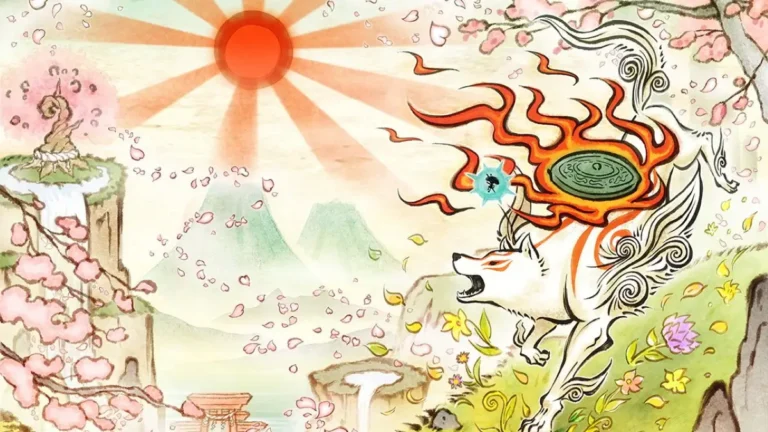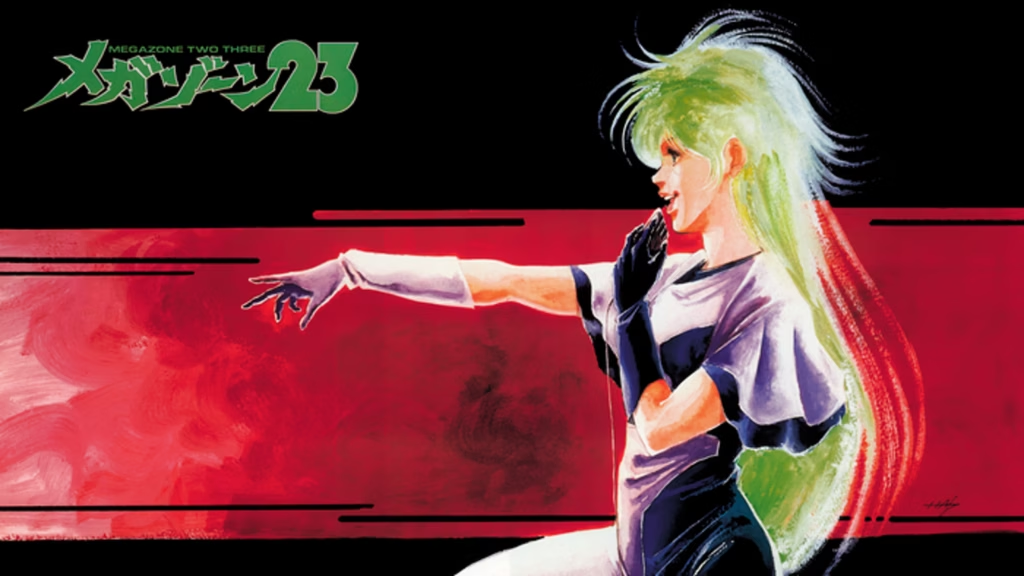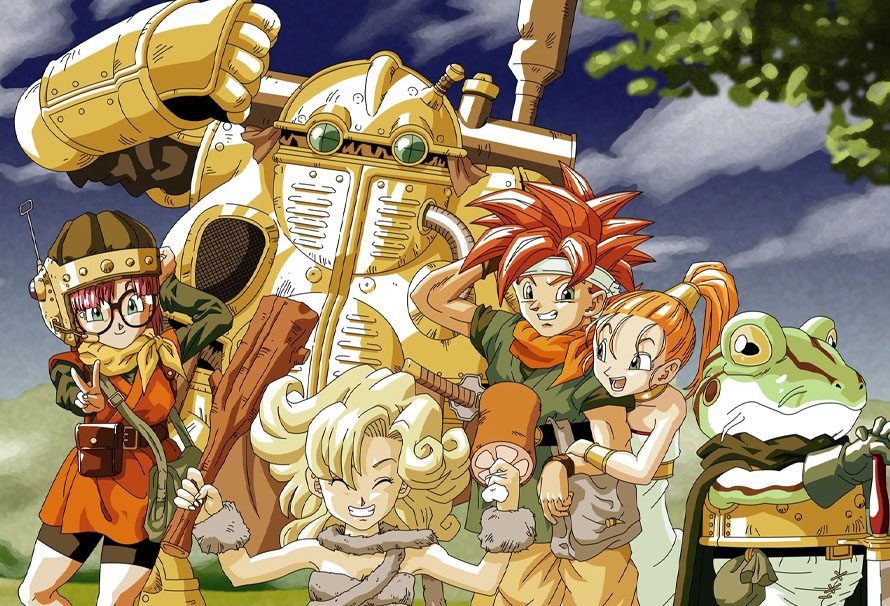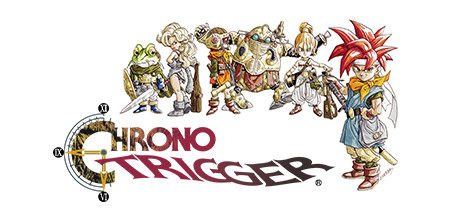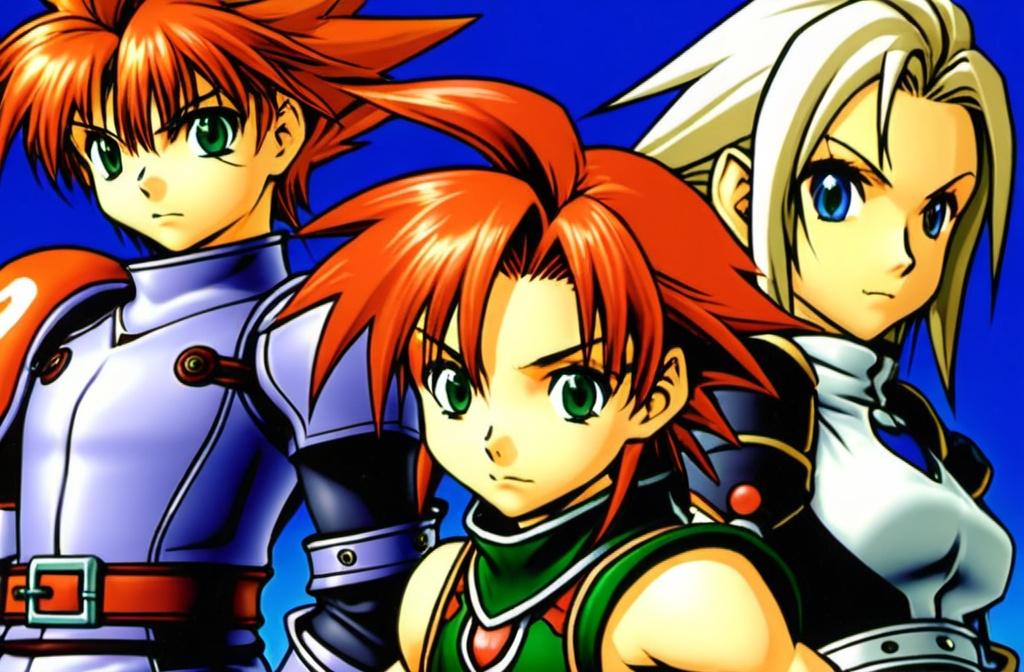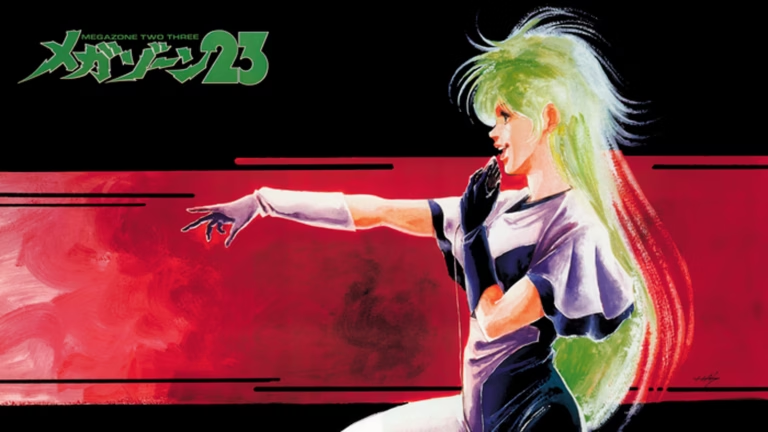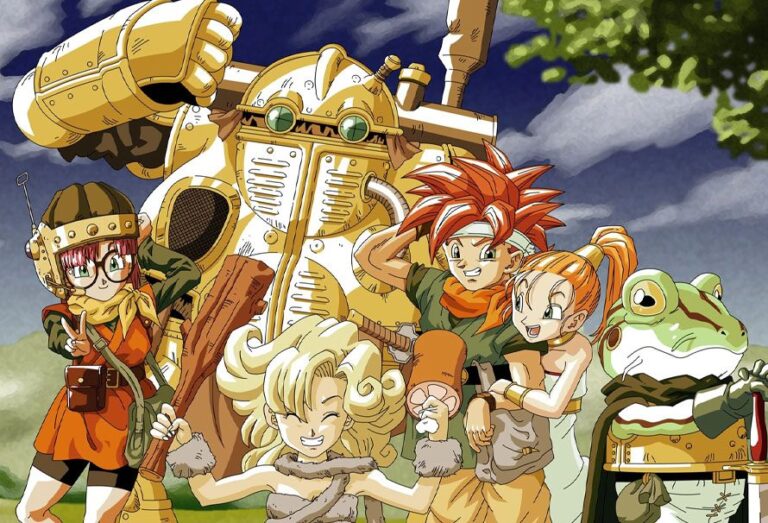Game data not found.
Story
Pocahontas, developed by Funcom and released in 1996 for the Sega Genesis, is an engaging platformer that draws its narrative inspiration from the Disney animated film of the same name. The game follows the journey of Pocahontas, a Native American woman, as she navigates the challenges of her world, torn between her love for nature and the encroaching presence of English settlers.
Set in the lush forests of 17th-century America, the game begins with Pocahontas having a vision of a great change coming to her homeland. This vision sets her on a path of discovery and self-awareness as she encounters John Smith, a member of the new settlers. Throughout the game, Pocahontas must use her connection with nature and her growing understanding of both cultures to foster peace and avoid conflict between her people and the settlers.
Players experience the story through various levels that mirror key moments from the film, such as Pocahontas meeting John Smith, the conflict with the settlers, and her ultimate quest to bring harmony between the two worlds. The narrative is enriched by the presence of Grandmother Willow, Pocahontas’s spiritual guide, who offers wisdom and guidance on her journey.
Gameplay
Pocahontas offers a unique gameplay experience that blends traditional platforming mechanics with puzzle-solving elements. Players control Pocahontas as she explores diverse environments, from dense forests to the settlers’ encampments, each filled with obstacles and challenges that require both agility and wit to overcome.
Character Abilities
The game stands out for its use of character abilities and animal allies. Pocahontas can communicate with animals, enabling her to gain special powers. For example, by befriending a deer, she gains the ability to jump higher; from an otter, she learns to swim faster. These abilities are crucial for navigating through the levels and solving puzzles.
Two-Character System
A distinctive feature of the game is the two-character system. Players not only control Pocahontas but also her raccoon companion, Meeko. Meeko can access areas that Pocahontas cannot, collect items, and interact with the environment to assist in overcoming obstacles. This dual-character dynamic adds depth to the gameplay, requiring players to switch between characters to solve puzzles and progress through levels.
Puzzle Solving
Puzzles in Pocahontas are intricately woven into the game’s environment, demanding players to think creatively. Whether it’s using Meeko to distract guards or utilizing Pocahontas’s animal-given powers to traverse difficult terrains, each puzzle serves to reinforce the narrative and the themes of cooperation and understanding nature.
Graphics and Sound
The graphics in Pocahontas are a standout feature, capturing the vibrant and colorful aesthetic of the Disney film. The game’s art style faithfully recreates the animated movie’s lush landscapes, with detailed backgrounds that bring the forests and rivers of Pocahontas’s world to life.
Visuals
Character animations are smooth and expressive, with Pocahontas’s movements reflecting her grace and connection with nature. The game uses a palette that mirrors the film’s colors, creating a visually pleasing experience that draws players into its world.
Sound and Music
The sound design complements the visuals, featuring an ambient soundtrack that enhances the game’s atmosphere. The music incorporates themes from the film, such as “Colors of the Wind,” adapted into instrumental pieces that evoke the spirit of exploration and harmony with nature. Sound effects, from the rustling of leaves to the calls of wildlife, enrich the immersive experience, making the game’s world feel alive and dynamic.
Legacy and Reception
Upon its release, Pocahontas was praised for its innovative gameplay and faithful adaptation of the Disney film. Critics and players alike appreciated the game’s ability to capture the essence of the movie while offering a fresh and engaging interactive experience. The dual-character mechanics and environmental puzzles were highlighted as unique features that set the game apart from other platformers of the era.
However, some critiques were directed at the game’s difficulty level, which could be challenging for younger players. Despite this, Pocahontas remains a beloved title for its creative approach to storytelling and gameplay.
Impact on Gaming
Pocahontas contributed to the genre of platformers by integrating narrative-driven gameplay with puzzle-solving mechanics, influencing future games that sought to blend story and gameplay seamlessly. Its emphasis on environmental interaction and character abilities laid the groundwork for more complex and narrative-rich games that followed.
Conclusion
Pocahontas stands as a testament to the power of storytelling in video games. By combining the enchanting narrative of the Disney film with innovative gameplay mechanics, it offers an experience that is both entertaining and thought-provoking. The game successfully transports players into a world where nature and humanity coexist, emphasizing themes of understanding and harmony.
Though released over two decades ago, Pocahontas continues to be remembered fondly by fans and gaming enthusiasts for its artistic visuals, captivating sound design, and its role in advancing narrative-driven gameplay in platformers. Its legacy endures as a pioneering work that exemplifies the potential of video games as a medium for storytelling and cultural exploration.


